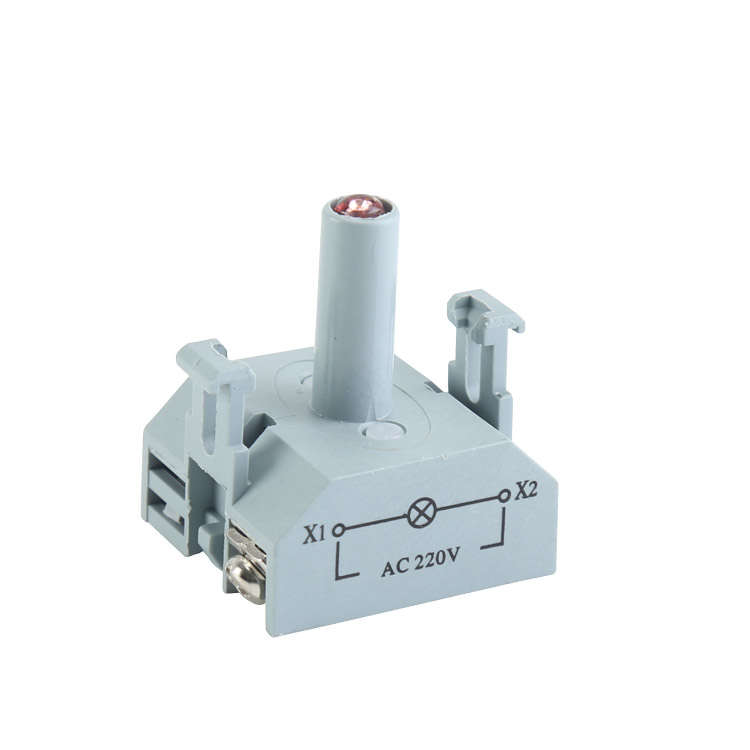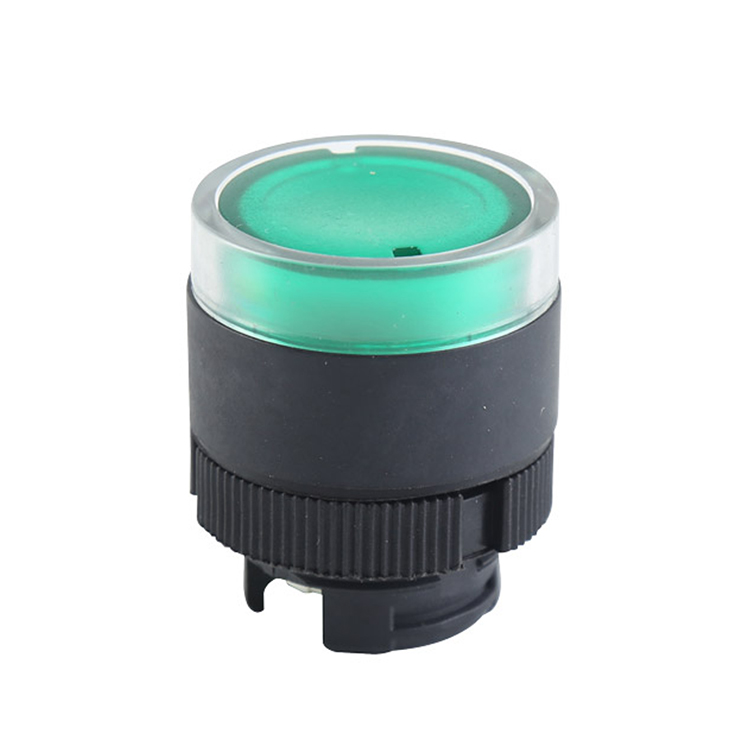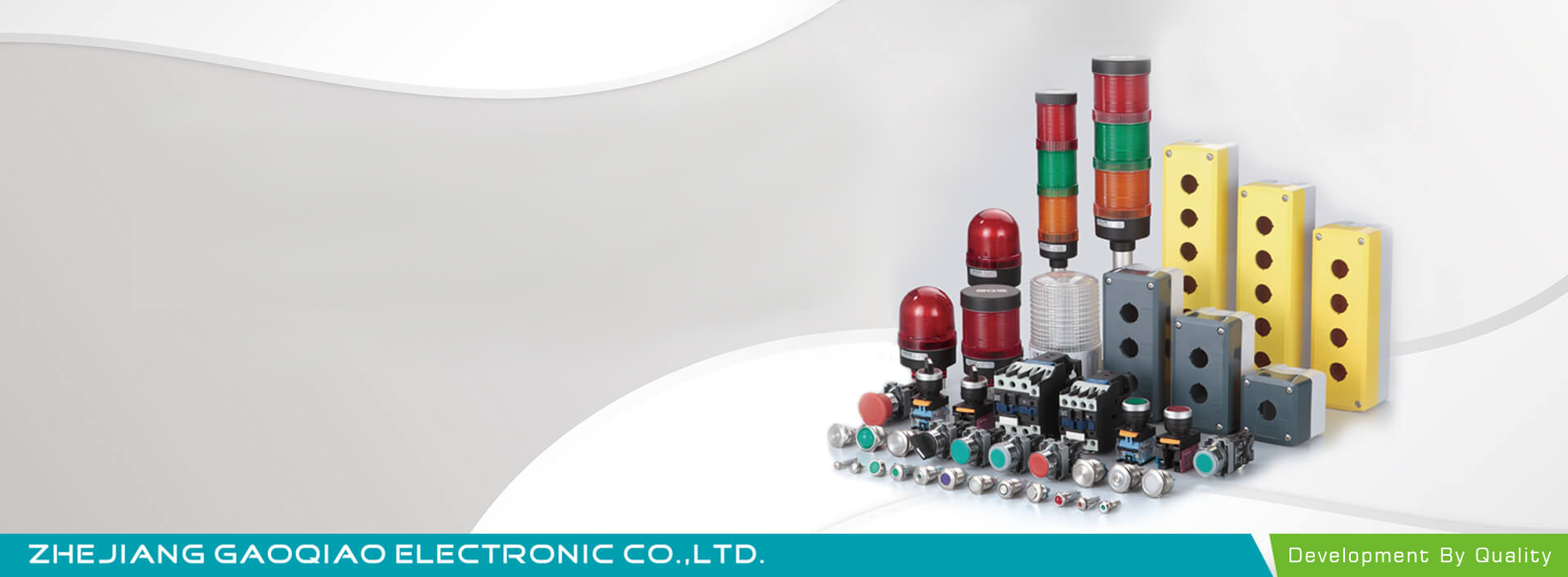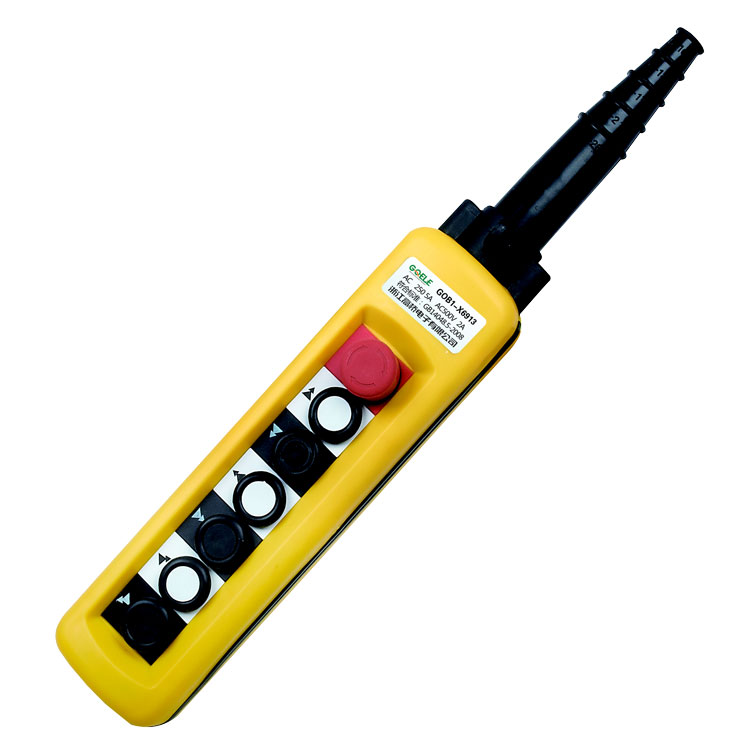
GXB4-BS542 High Quality 1NC Red Φ40 Mushroom Shape Head Emergency Stop Push Button With Twist Release

LA115-B-D High Quality Plastic Grey&Black Lamp Block/Holder With LED Light

BA9SG

GXB2-BJ41 Momentary 1NO 2- Position Selector Switch Push Button With Black Long Handle And Round Head

GL-16F11E/R23-SJ

GXB2-EW33 Green Round Flush Push Button Head With Green Light And Higher Transparent Protecting Cover

380V 3 Pole AC Contactor LC1D09 LC1D12 LC1D18 LC1D25 LC1D32 LC1D40 LC1D50 LC1D65 LC1D80 LC1D95 CJX2-(LC1-DN)32

LA115-B5-11ZT 1NO&1NC Φ40 Twist Or Pull Release Emergency Stop Push Button With Mushroom Shape Red Head And Symbols

GXB2-PE16A High Quality White Cylinder Plastic Waterproof And Dustproof Cover For Protection

LA115-B8-11BN 1NO&1NC Momentary Plastic Flush Push Button Switch With Red Head And Without Illumination

AL50-RYGM-31Z2 50MM LED Stack Warning Light With Buzzer

GOB2-61











